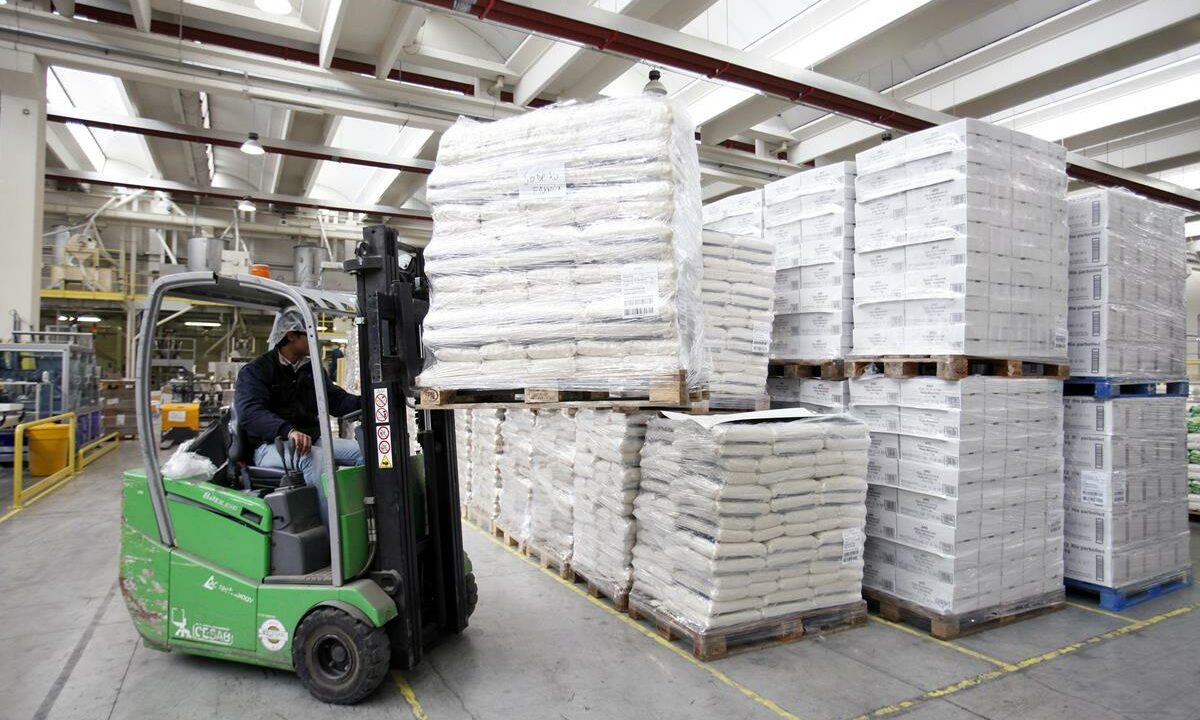Whole milk powder (WMP) prices fell again at this week’s Global Dairy Trade, while higher prices were seen for other dairy products, such as butter and cheese, which were influenced by European supply, according to Nick Tuffley of ASB Bank.
The latest auction held steady on the previous auction and five product prices rose while three fell.
Of most focus was the 4.5% decline in whole milk powder prices (WMP), Tuffley said, the second decline in a row, which set prices back to early April levels.
Tuffley, the Chief Economist with ASB, said that good growing conditions meant the New Zealand production season closed on a slightly firmer note than was expected, which may be weighing on prices in the near term.
But, with Kiwi dairy production likely to be down around 5% over the new season, ASB expects WMP supplies to fall.
Butter prices rose 5.3%, cheese by 6.9% and skim milk powder prices edged up 1.5%, which Tuffley said were influenced by European supply.
The lift in overall dairy prices, ASB expects, going forward is contingent on New Zealand, Australian and Argentinian dairy production contracting as well as some weakness in European production after its post-quota production surge last year.
ASB also expects the flattening off in European milk production will become more obvious in coming months.
World milk production expectations
According to Tuffley, New Zealand dairy production held up surprisingly well at the end of last season.
But, looking ahead, the relatively weak opening forecast from Fonterra for this season is likely to prompt a more material fall in New Zealand production this season, he said.
“Dairy production is also likely to fall in other important production markets. Australian farmers have been abruptly hit by a farm-gate milk price cut.
“Argentinian production is also expected to fall.
“In Europe we expect reality to increasingly sink in after the initial post-quota surge in production there last year,” he said.
Consequently, ASB continues to anticipate global dairy prices to track higher over the next year.

